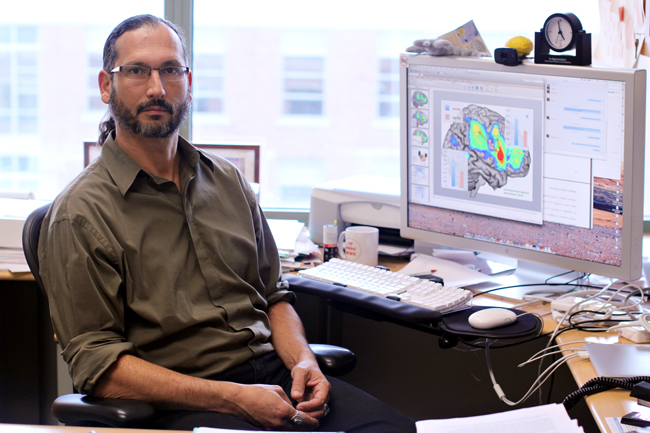The Department of Defense awarded $17 million to 11 public institutions, including UT, to assist traumatic brain injury research, the University announced Wednesday.
Eleven U.S. public and private institutions received the one-time award by a government program directed by Colonel Dallas Hack.
UT psychology professors Alex Valadka and David Schnyer have now joined a national team of researchers that evaluates collected data to find commonalities in order to find a way to tackle specific brain injuries.
According to Schnyer, the push for more research and funding was brought out of failed attempts at treating the damage.
“This research was born out of some serious frustration,” Schnyer said. “There had been as many as 60 failed treatment trials in traumatic brain injury, and a number of organizations and critical players in that arena decided that what was needed was to backtrack [because] maybe the difficulty is we don’t understand the scope of traumatic brain injury nor particular subtypes of traumatic brain injury.”
According to the College of Liberal Arts, the grant will help Schnyer and Valadka continue working with a multi-site research study called TRACK-TBI.
Schnyer said the money will help in handling and gaining more data on a national level and acquiring new tools that prove useful when evaluating brain damage.
“The money is doing a number of things,” Schnyer said. “It’s developing a blood depository [for storage and analysis, and] part of that money is [being used] to expand on the current number of people that we will be able to collect data on, and … to add some new neuroimaging techniques.”
Schnyer said this new research will help build a larger database, which will help specify exactly what types of brain injuries there are, so contemporary research can be more focused.
“The idea of this grant is to create … a large database of patients who have had traumatic brain injury, across a lot of measures like blood serum measures, plasma, so we can get genetics/proteomics, brain injury measures, neuropsychological measures — all so we can create a database and try to determine what subtypes of traumatic brain injury there are,” Schnyer said. “By identifying specific subtypes, then we can then maybe target treatments for those specific subtypes.”















